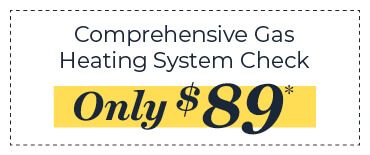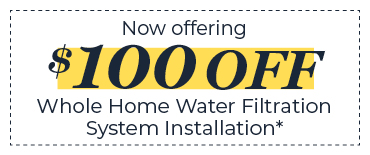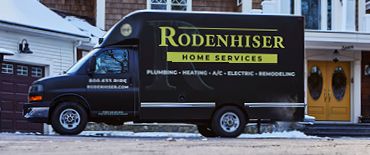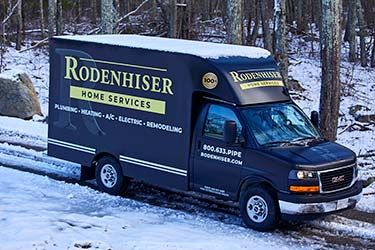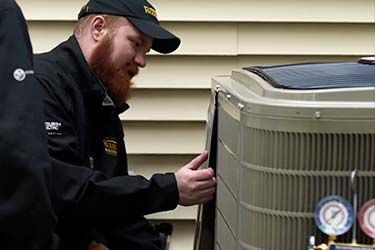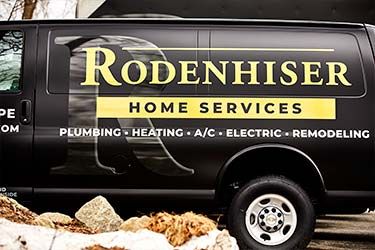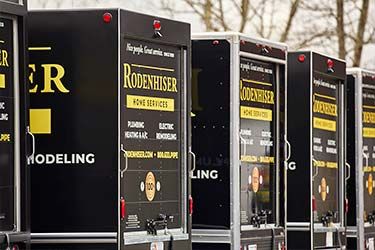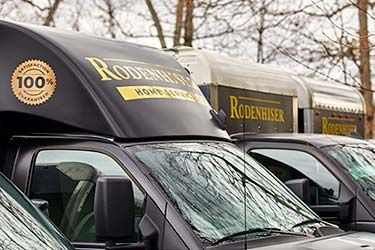
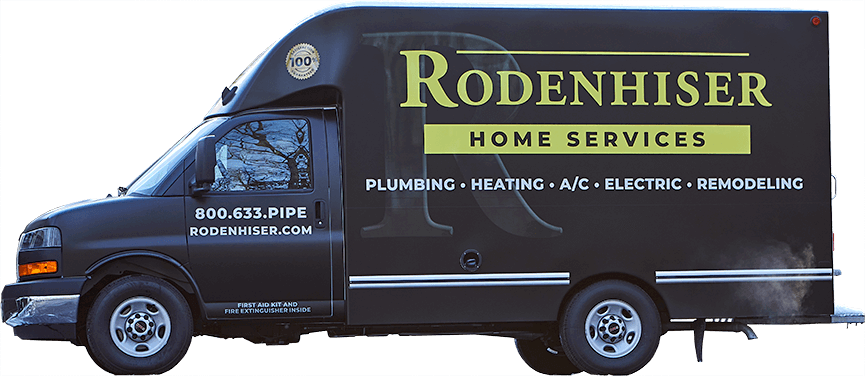
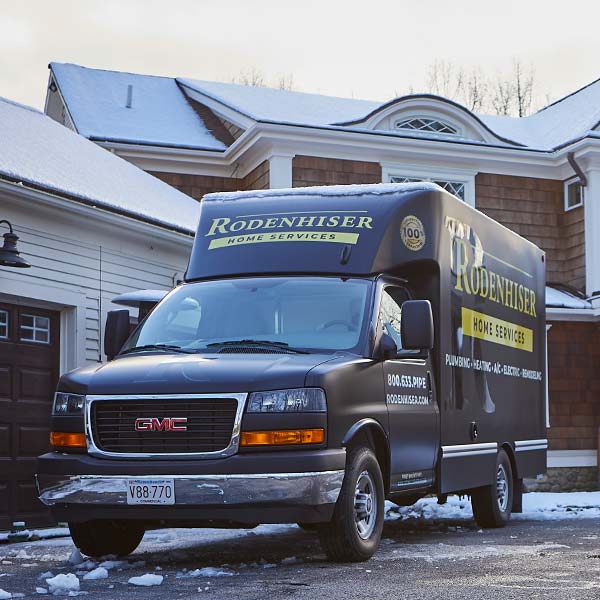

With Tax Credits About To Expire, Now's The Time To Make Those Upgrades You've Been Thinking About
You've probably heard the old proverb from Ben Franklin, that "nothing is certain but death and taxes." It turns out that old Ben might need to narrow the list down a bit. In order to encourage homeowners to save energy by investing in energy-efficient equipment, the U.S. government is offering tax credits to people who upgrade their home's heating and cooling equipment.

The tax credits are for certain dollar amounts or percentages, depending on which upgrades you choose. For instance, a new central air conditioner or water heater can net you a $300 tax credit, while a furnace or boiler is good for a credit of $150. New insulation, on the other hand, receives a tax credit worth 10 percent of the insulation cost (up to a total credit of $500).
Because the goal is to save energy, the upgrades do have to meet certain standards to qualify. For most air-conditioning systems, the new unit must have an EER (Energy Efficiency Ratio) of at least 13, and a SEER (Seasonal Energy Efficiency Ratio) of at least 16. Gas furnaces need to have an AFUE (Annual Fuel Utilization Efficiency) of 95 percent, while boilers or oil-fired furnaces must have an AFUE of at least 90 percent.
Of course, choosing such energy-efficient equipment would save you money even without the tax credits, as your utility bills will be lower for the entire lifetime of the upgrade. The tax credits simply provide additional savings, and an additional reason to upgrade. They also provide an incentive to upgrade sooner, rather than later. You see, most of the credits (including all the ones mentioned here) are 2011 tax credits, meaning they only apply to purchases made during the 2011 calendar year. Wait until 2012, and you'll be needlessly paying more on your taxes than you had to.
So, if you are debating whether or not it is time to replace some of your home's heating or cooling equipment, these additional savings may help you decide. To find out what equipment qualifies, and how much your savings could be, contact the Massachusetts experts at Rodenhiser today!
Our goal is to help educate our customers about energy and home comfort issues (specific to HVAC systems). For more information about tax credits and other HVAC topics, download our free Home Comfort Solutions Guide.
Photo courtesy of Shutterstock.
Nice people.
Great service.
Since 1928Terms & Conditions | Privacy Policy




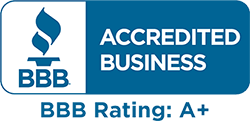
Read From Over 14,000 Happy Customers
-
Both Alex and Patrick were knowledgeable, courteous, and professional. They made a change that might have solved the recent problem and have structured a more complete solution. We agreed to this...

-
Mike was thorough, thoughtful and considerate. Covered their shoes before entering, surveyed my issue and provided an explanation of the services and costs. Great Job!

-
Alex did a great job providing an explanation of the services provided and went out of his way to offer assistance/advice on other issues outside of our scheduled maintenance visit.

-
Brian did an excellent job inspecting our 18-year old boiler and replacing some of the accessory hardware that needed it, he also adjusted the outgoing hot water settings for our radiators and...

-
Rodenhiser is my one stop shop!!! They take care of my HVAC, electrical, and plumbing issues & are always helpful addressing any questions I may have about the systems in my house! Everyone...

-
Chris G. and Nick V. showed up bright and early at 8am to fix my water heater issue. They were on time, polite and were able to fix an issue that has been plaguing my house for a good year. They...

Call Rodenhiser at
1-800-462-9710
Call Rodenhiser at 1-800-462-9710
When you are looking for plumbing, electrical, heating or air conditioning in the Route 495 / 128 area, you will be delighted that you called Massachusetts' trusted choice since 1928.
With a total dedication to professional workmanship and excellent service, discover why families and businesses continue to trust Rodenhiser after generations of service
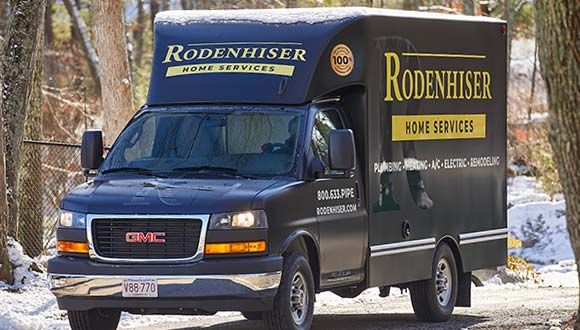
Trusted Plumbers
Fast, On Time
HVAC Experts
Satisfaction Guaranteed
Expert Electricians
Maintenance Plans
CONTACT RODENHISER TODAY
325 Hopping Brook Rd Holliston MA 01746.
-
Master Plumber: #10961
-
Corporate Plumbing: #2288
-
Master Electrician: #23917A
-
Electrical Business: #4804
-
Master Sheet Metal (Unrestricted): #5867
-
Corporate Sheet Metal: #641
-
Home Improvement Contractor: #188806
*Heating system check terms and conditions: Residential Only. Must reside within our service area. Offer only available to 1 unit per household additional units are at full price. Can not be combined with other offers
*Late Season Special Extra Conditions: Gas Systems only. No Discounts on oil systems. Promotional price limited to one system per home, additional systems will be charged at full price. Residential Systems only. Must reside within our service area. *For EV Charger Offer also: valid only when the system is purchased through Rodenhiser.
